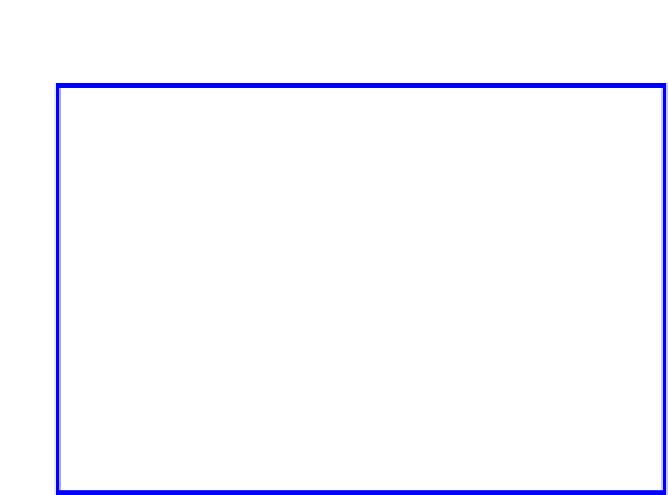Biomedical Engineering Reference
In-Depth Information
Figure 7.4.
A simple electronic circuit is needed to create the different chaos-based modes.
Colour, shape and motion are considered as important human visual features
used in Fig. 7.3 and may be the most effective attentions directing processes that at-
tract the human process of attention. As an example, chaos systems may frequently
be used in the future, because it is an excellent feature that attracts the power to
the accessibility of an individual's attention. A chaotic behaviour on the presen-
tation graph will unconditionally and immediately attract the visual sight of an
operator as illustrated as a presentation image in Fig. 7.3. The technology-based
methodology can easily be designed by the use of a simple electronic circuit as
shown in Fig. 7.4 above. Further details regarding the system's dynamical model
is described in Wide (1996a).
7.2.3 The Glyph Representation Concept
The main problem in a complex industrial process is to present to an operator
the overall status of the process in real time. The often huge amount of sensor
information available may not be a realistic option for the operator to effectively
adopt and make use of in decision-making. Therefore, a presentation system that
makes it possible to transfer multi-dimensional process supervision into a feasi-
ble three-dimensional visualisation solution can be considered to be an attractive
interface to the operator. The technique was originally designed as an industry-
related application, a human operator interface to a cold rolling of metal process.
The visualisation concept for the graphical representation used in this application
is a modification of the glyph representation, T orngren (2004).
A glyph graph is often used to visualise large data sets of discrete multivariate
data. It is then possible to explore the variable relationship to each other. A glyph
is a single graphical element that represents a sensor output and data belonging to
the same attributes, e.g., colour, shape, and location, which is mapped to graphical








Search WWH ::

Custom Search